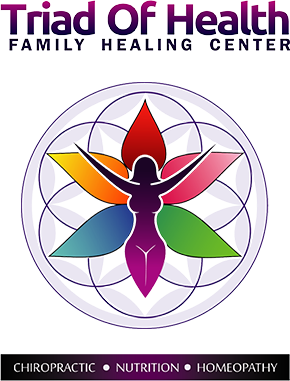The experts say that you should replace your mattress every 5 to 10 years, with eight years being the sweet spot. They’re expensive, so you’ll want to do a lot of research to make sure that it’s the best choice for you and your family. You should also try to make sure that your new mattress is also the healthiest option for the planet.
There are a lot of different labels that you can look at on a mattress, and it can get pretty confusing pretty fast.
Much like with your food, the labels of “organic” and “green” don’t mean much when it comes to a finished product. Green means nothing other than the color when it comes to both mattresses and food.
The USDA does do some testing to be able to slap the organic label on something, but it only applies to a raw agricultural product. So, it means that one part of the product, like the cotton cover, may have been produced organically, but not all of it will.
That’s not something that most companies will tell you, but will want you to believe that their product is truly organic.
If you want to look at a more expansive organic label, look for the Global Organic Textile Standard or the Global Organic Latex Standard, depending on what type of mattress you’re looking at. Those certificates require 70% or more organic materials in the fibers for GOTS or 95% natural latex for GOLS.
There are two types of certifications that mean anything when it comes to an organic mattress – the different textile standards, and OEKO-TEX® certifications.
OEKO-TEX® is a group of 18 independent textile research and test institutes that are based in Europe and Japan but have offices worldwide.
This group offers two different labels – The Standard 100 and the Made in Green certifications.
The Standard 100 applies to “raw, semi-finished, and finished textile products,” and does rigorous testing to ensure that harmful chemicals are not used in the creation of those textiles, even if they haven’t been regulated against yet.
The Made in Green label does all of that, and also looks at the sustainability of the processes used to create the end product. It aims to ensure that all products are “made from materials tested for harmful substances and that have been manufactured by using environmentally friendly processes and under safe and socially responsible working conditions.”
Both of these labels can help you to make sure that your mattress was created ethically and without the chemicals that could harm your family in the long run while you sleep.
When it comes to the specific textiles, certifications are more specific to the kind of material.
CertiPUR-US focuses on polyurethane foam and tests for harmful materials or emissions. If you’re interested in latex foam, German Eco-Institut tests for hazardous emissions and substances in latex and other similar textiles.
When it comes to finding the best organic mattress for you and your family, you’ll have to choose the ones made out of materials that suit your ethics and your healthy lifestyle.
This article was written by Amy Highland. Amy Highland is a sleep expert at SleepHelp.org. She loves taking naps during thunderstorms and cuddling up with a blanket, book, and cats.



